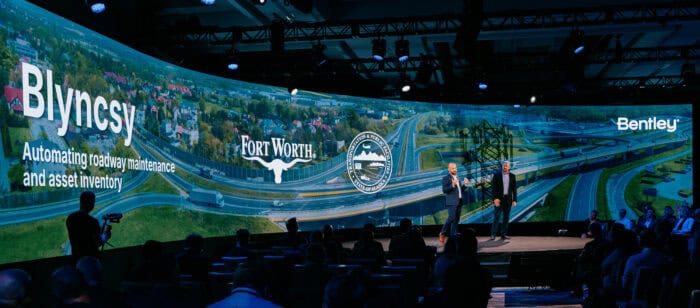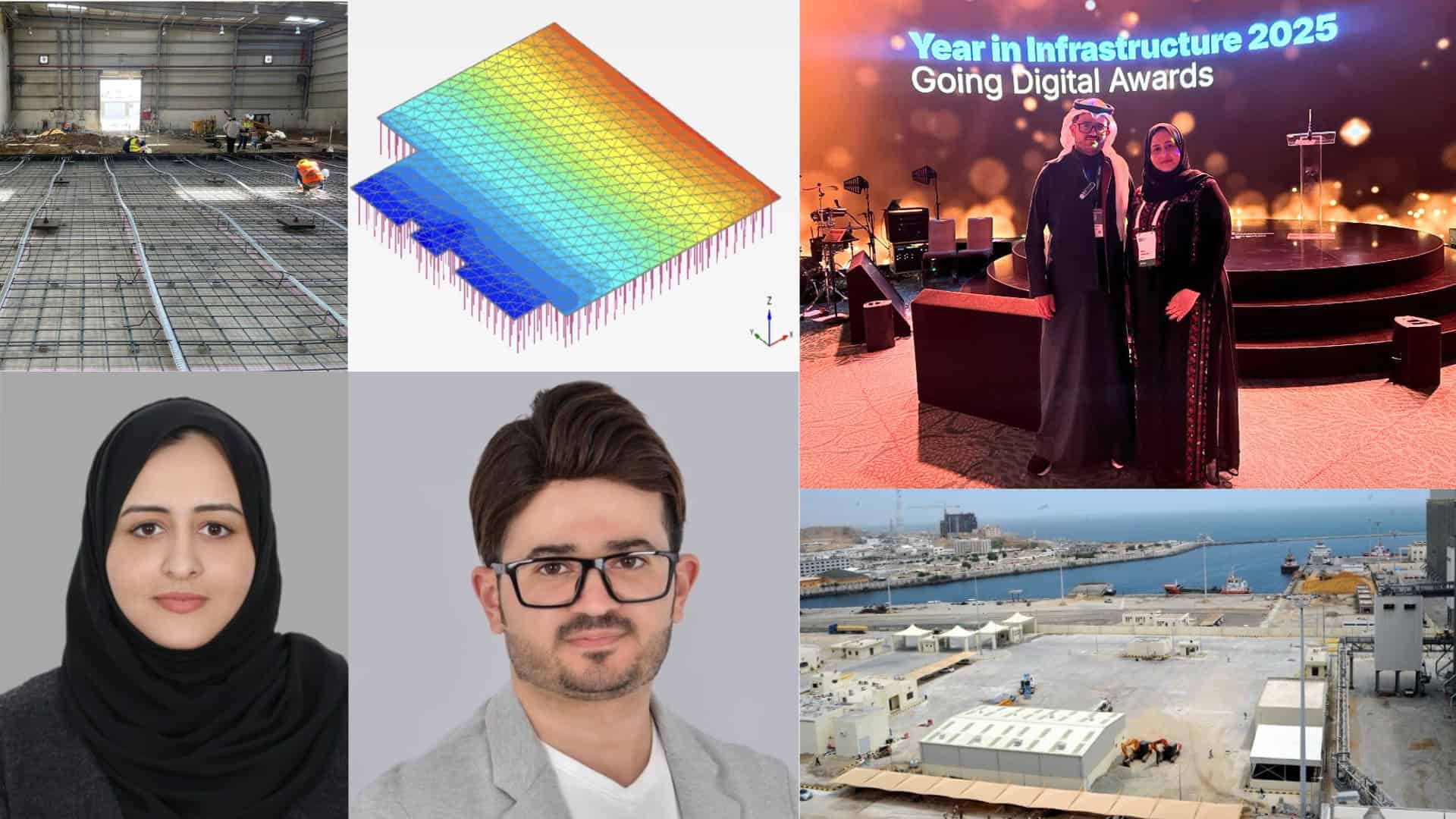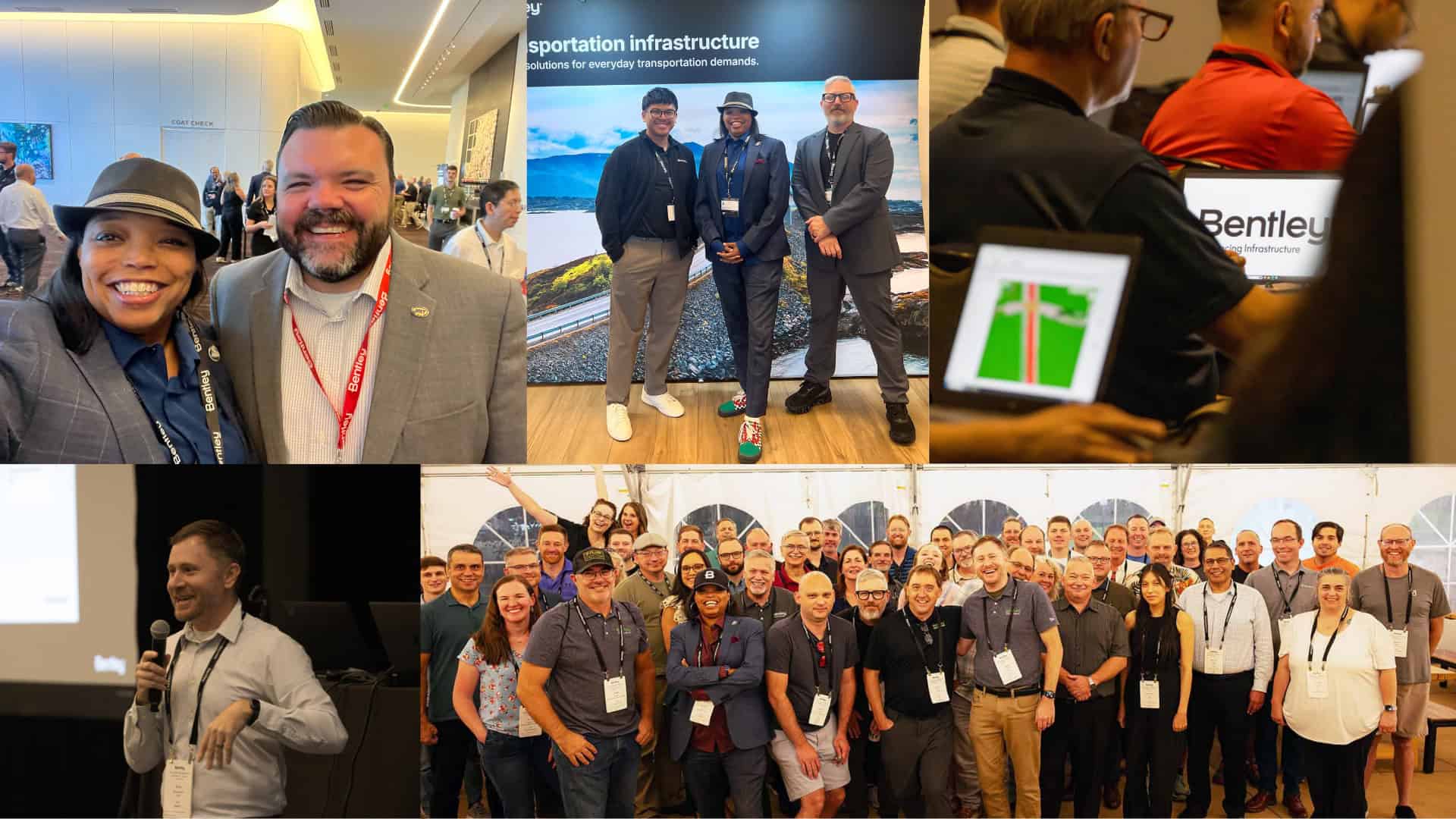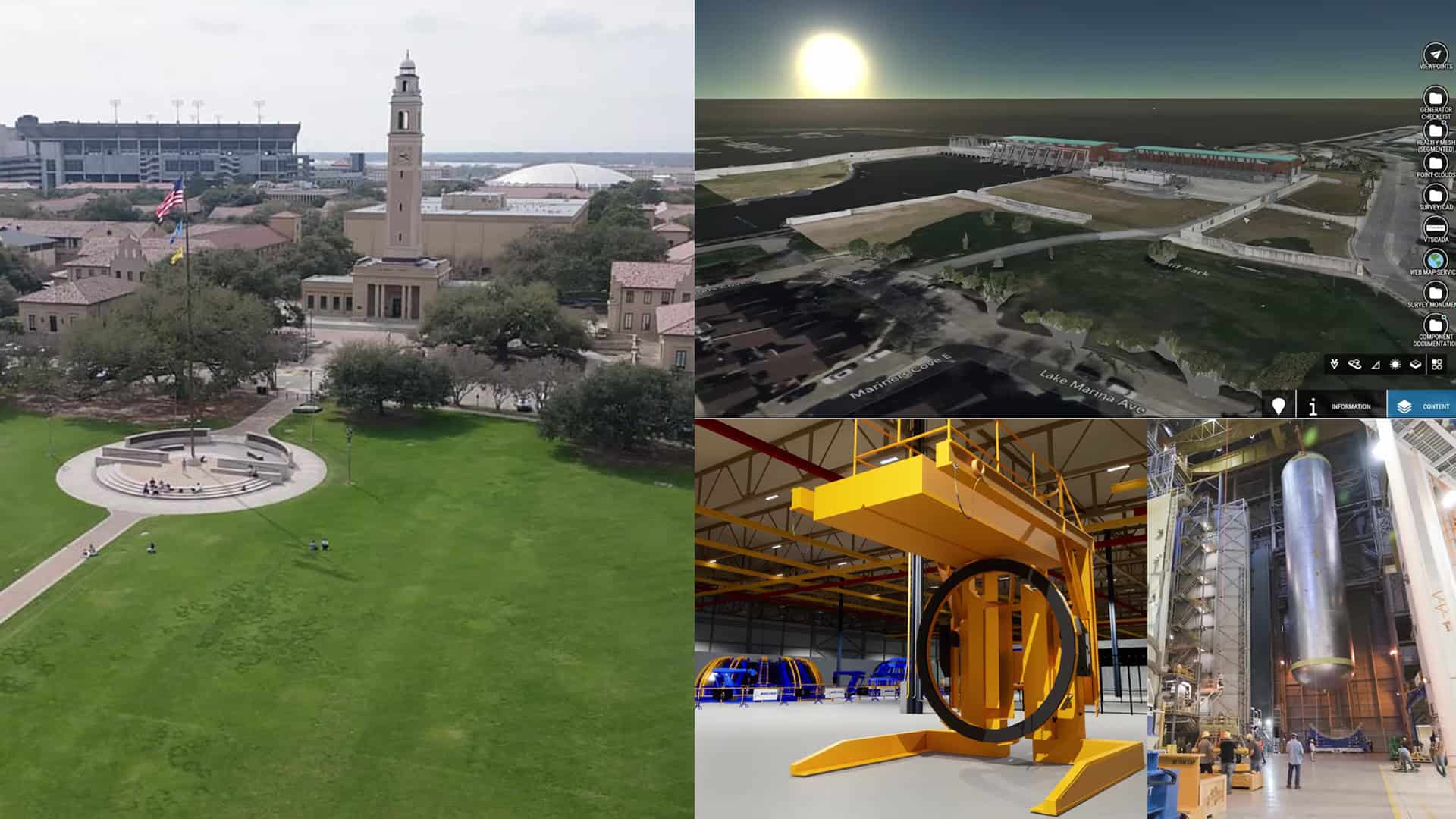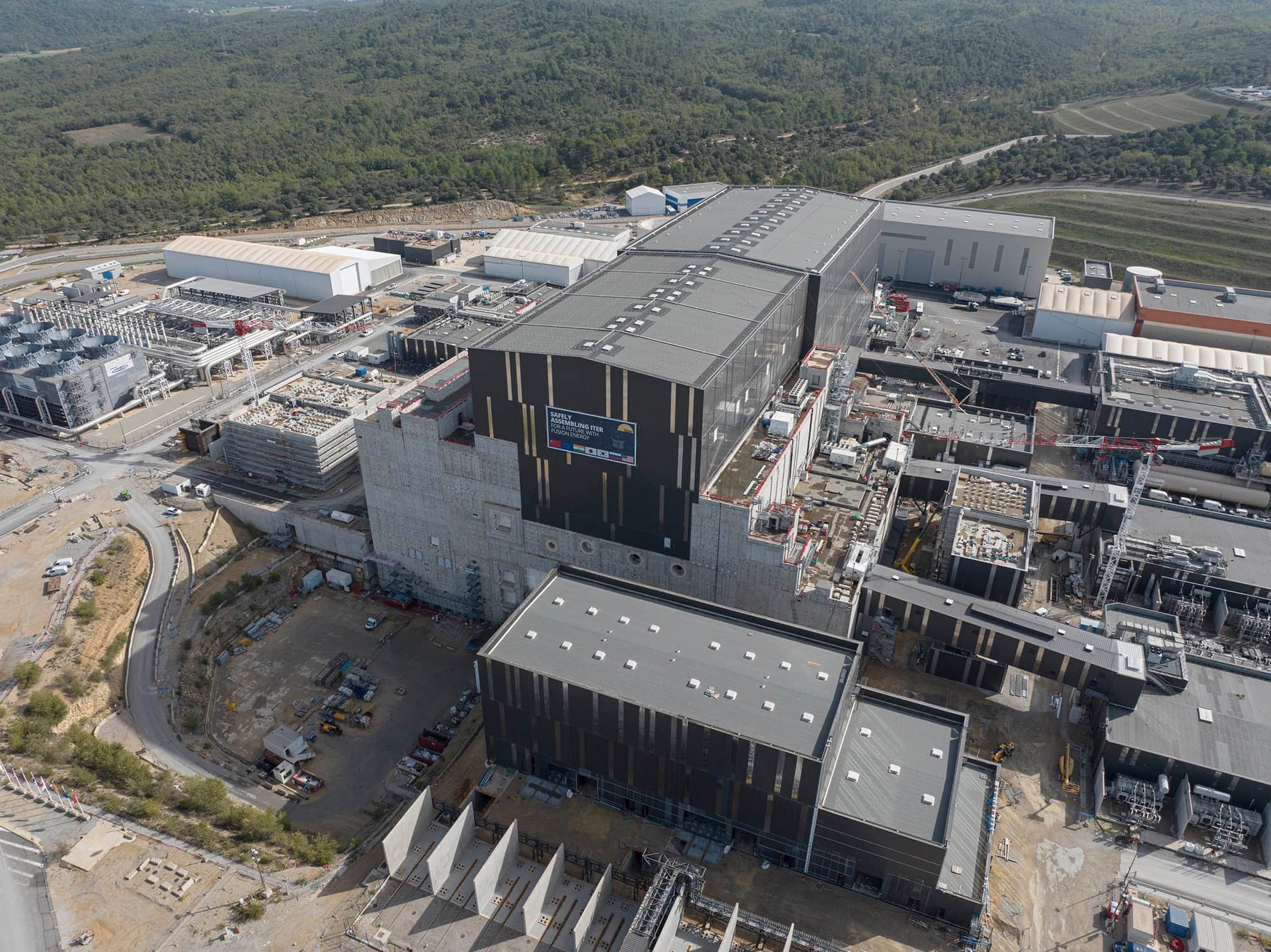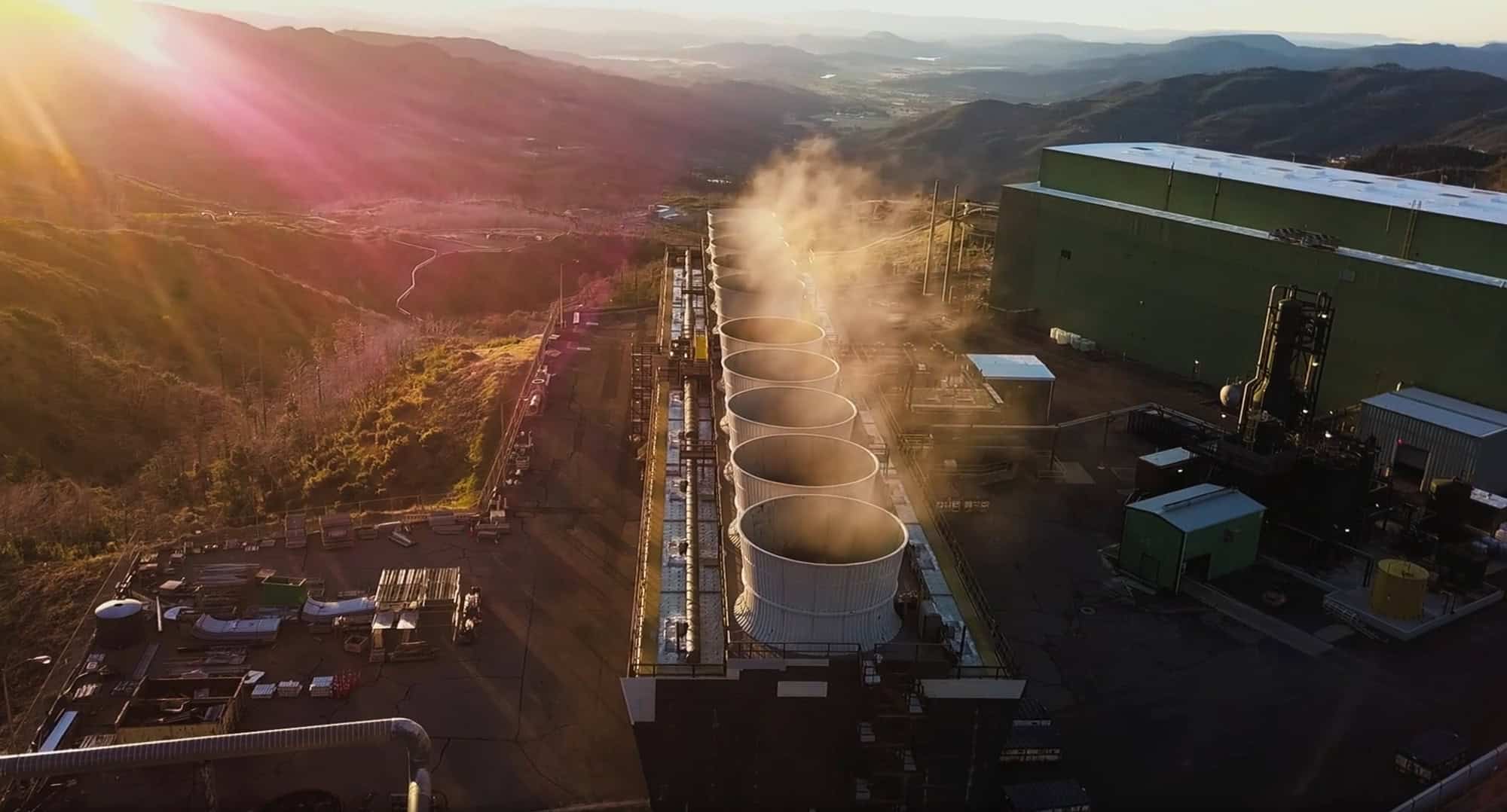Not entirely out of sight, but almost always out of mind, cell towers quietly form the backbone of modern communication, powering everything from texts and phone calls to TikTok videos. Some topping 200 feet, they can stand tall like sentinels along roads or poke up from the roofs of high buildings. Their thistle-like tops bristle with antennas, transmitters, and other equipment that keep us connected.
Now, as the shift from 4G to 5G networks gains momentum, telecom companies are under pressure to modernize them. This labor-intensive process typically involves tower inspections, upgrades, equipment swaps, and maintenance to improve data speed, boost capacity, and lower latency to customers.
Now there’s a way to make the process easier, help telecom companies bring 5G to their customers faster, and keep the signal strong. The approach involves digital twins. These 3D digital models of infrastructure assets—roads, bridges, and even entire cities—can span their entire life, from design and construction to operations and maintenance.
Enhanced with artificial intelligence (AI) and machine learning (ML), digital twins of cell towers can help the telecommunications industry to optimize tower operations by accurately accounting for the equipment attached to the top of each tower and improve maintenance and upgrades planning. They can also help uncover and fix potential defects and anomalies before they start affecting customers.
Can you hear me now?
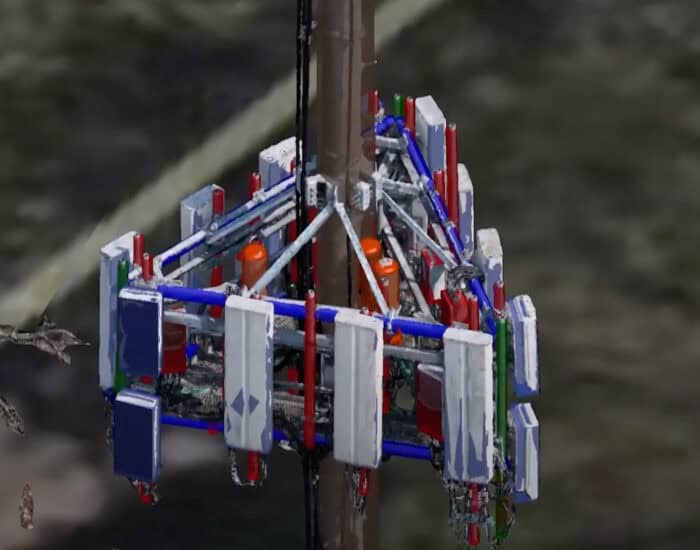
Bentley Systems, the infrastructure engineering software company, has already helped operators digitize more than 25,000 cell towers across the United States.
The technology gathers data and images from drones, satellites, Internet of Things (IoT), and other sources and sends it to iTwin, Bentley’s open platform for infrastructure digital twins. There, the company’s cloud-based OpenTower iQ solution uses AI and ML to generate automated reports and drawings, and integrate them into plans for upgrades, inspections, and maintenance.
“At the end of the day, we’re trying to deliver valuable insights about operating conditions to our users to ensure these assets remain safe, reliable, and resilient,” explains Mike Schellhase, vice president for asset analytics at Bentley. “The goal is to couple sophisticated digital twin models with reality data and our AI and ML capabilities to present a complete and measurable view of how these towers are operating in the field.”
From weeks to days
In the competitive telecom industry, carriers are under pressure to quickly activate expensive spectrum purchased from regulators. They must do so within strict timeframes to avoid costly penalties or even lose the spectrum entirely due to use-it-or-lose-it provisions.
Typically, upgrades and equipment swaps have been a manual process that involves climbers and cranes, and engineers looking at paper manufacturer catalogs for antennas and part numbers. “We’re shortening the analyses needed for asset deployment from three to six weeks or longer to just a few days,” said Rand Knight, senior business development director at Bentley. “Our reality models measure all distances down to the centimeter. The collection of cables, which run from the ground up to an antenna, can cost more than $2,000 a foot. So if you’re off by a few feet, that’s a lot amount of money either lost or saved.”
In the Blyncsy of an eye
The telecom sector isn’t the only one where Bentley is using asset analytics. For example, Blyncsy, which Bentley acquired in 2023, helps local and state transportation departments maintain roads.
Blyncsy gathers crowd-sourced images from dashcams and other sources in the iTwin platform, where they are analyzed and used for real-time condition monitoring. The City of Fort Worth, Texas and the Alaska DOT are use Blyncsy to automate inspections and detect everything from fading lane markings and faulty streetlights to fresh potholes. By detecting and repairing safety more quickly and efficiently, customers can extend the life of vital roadways.
There are other solutions. The New Bullards Bar Dam in California’s eastern foothills recently modernized its remote monitoring system with a digital twin. “For a digital twin to be truly useful, we have to augment the model with engineering, information, and operating technology, basically, the idea that there are many genres of data streams that interact with the model,” Schellhase says. “What Asset Analytics really drives home is the power of bringing to bear a matrixed view of other sources of truth and using AI to extract value and meaning for the user.”

